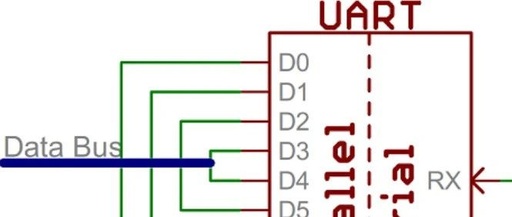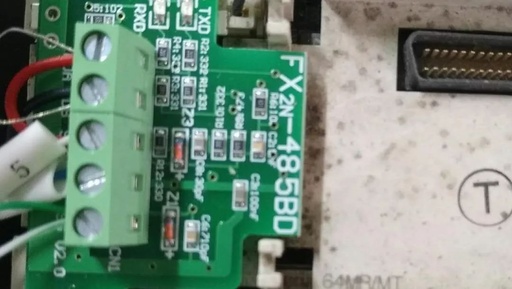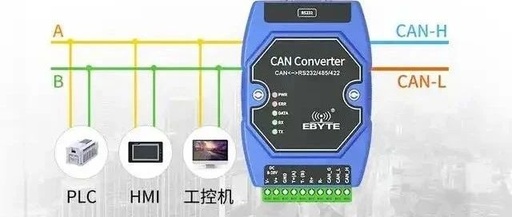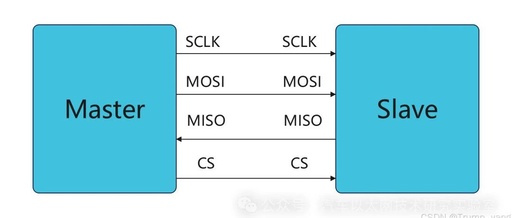When Not to Use I2C
I2C, as the most convenient and simplest onboard communication method, has certain scenarios where it is not suitable, and there are timing considerations to be aware of. Hardware Interface • Simple hardware interface with only two wires • SCL (Serial Clock) / SDA (Serial Data) • Low communication speed and low communication requirements • Fast: … Read more









